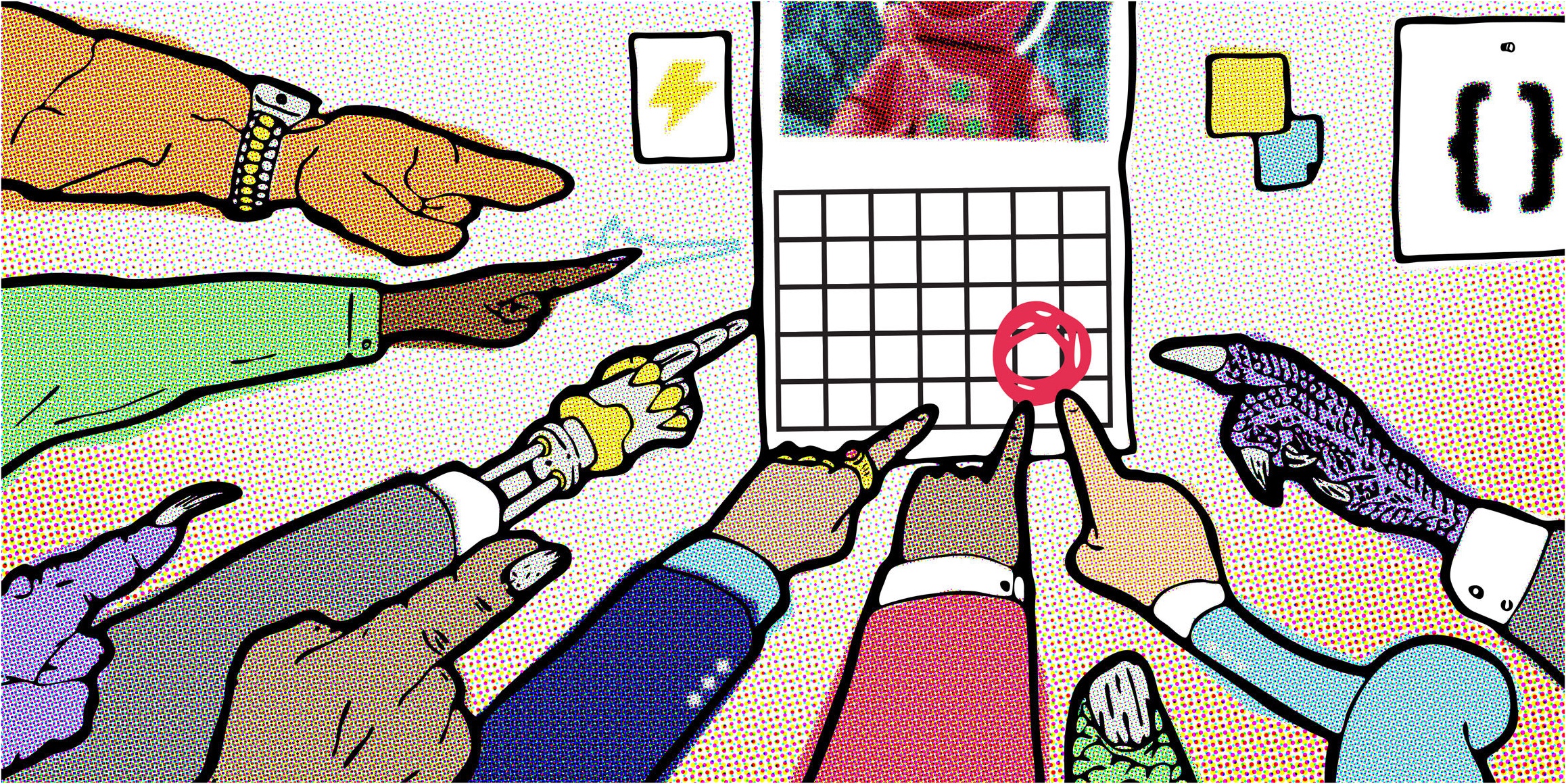Life is built on assumptions. We breeze through intersections assuming the cars coming the other way will stop. We assume we’ll arrive at our destination on time and without interruption. In short, we take for granted that what worked before will keep on doing so.
As essential as these assumptions are to remaining productive, life doesn’t always work out that way. And neither does your marketing. From establishing a new target audience to believing a new feature satisfies a critical need, you incorporate any number of assumptions in a product or campaign. However, if your assumptions are wrong, it can feel like being blindsided.
There’s no way to guarantee every driver will obey traffic laws, but you can find reassurance in your campaign. When you apply a “Test & Learn” process to any assumptions, you can find the results your brand needs. And, by incorporating testing throughout the creative process, your campaign is less likely to crash and burn.
How Test & Learn stands apart from other testing approaches
When you’re creating a digital experience for your brand, testing verifies that your project is headed the right direction. From evaluating the effectiveness of a user interface to the clarity of your message, user testing is crucial to the success of any campaign.
Similarly, a Test & Learn approach investigates the fundamentals of your project. For example, if a videogame campaign highlighted parents playing with their children, can you determine whether that scenario was accurate? Did they actually play together? When you look at the data behind how your product was used, you can then determine if a given audience or approach is viable for the next version.
Test & Learn provides a way to encourage iterative improvements at every stage of a project, even after it’s complete. Part of a problem-solving cycle dedicated to constant improvement known as Plan-Do-Check-Act (PDCA), Test & Learn ensures any successive campaign is always getting better.
However, for Test & Learn to be successful, you need to ensure you’re capturing the right data from the start. The approach has become a buzzy term in modern marketing. But to be effective, you need to specifically hone in on what you hope to test in your campaign and what your brand needs to learn.


Look to a RAT to verify the effectiveness of your marketing campaign
Learning from the aspects of your project that require testing requires discipline. The most important part of any testing plan is determining what you want to learn in advance.
One testing technique borrowed from the world of startups is the Riskiest Assumption Test, or RAT. For every campaign, there’s a core assumption that can run the entire project aground if it’s incorrect. If you identify what your biggest RAT about your product is upfront, your agency can then test for that.
For example, if your product includes functionality for users to share what they create in the hopes of establishing a community, then you need to test whether that mechanism is a success. If no one clicks on that functionality through multiple rounds of tests, then you know that concept isn’t viable for exploration.
How to incorporate a Test & Learn approach into your campaign
Incorporating an additional layer of testing to a project can be challenging when your brand is eager to launch a new product. But testing your campaign’s assumptions doesn’t have to be costly or time-consuming.
Online resources like SurveyMonkey and Google Forms allow you to quickly generate user tests that measure customer interest. Most organizations also incorporate basic site analytics that will allow you to track behavior, such as users that connect from project’s website to its e-commerce store.
Whether you’re evaluating site traffic, usability patterns, or user feedback, you need a plan to track the details that will demonstrate the viability of your campaign. Your agency partner doesn’t even have to wait until a project is live before sending out a quick customer survey to test any assumptions. In fact, the sooner you can answer any open questions about a project the better.


Test & Learn is too valuable to save until the end of a project
For some digital agencies, Test & Learn means ship the project fast and check back later. After all, one of the real beauties of the web is its impermanence. Unlike print, where a campaign is set in stone upon release, you can conduct cheap tests of your live project then update it on the fly.
But people can abuse that power. Like a harried film production promising to fix everything in post, creative teams get lazy relying on the medium’s flexibility. If a Test & Learn process is baked into the process, your campaign becomes that much stronger from the start.
When you’re working with the right agency, you’ll know their Test & Learn plans from the beginning. Does your campaign hinge upon a specific audience’s interest? You should know more after a quick survey in week 3. Any variables you may be unclear on should have a testing plan on the schedule.
Testing after your campaign ships runs the risk of missing the opportunity to implement the improvements your brand needs. After a project launches, your producers or agency partner may have already moved on to their next project. Or, the data you need to test any assumptions may not be available because no one implemented the right tools.
Acquiring data that validates or disproves your campaign’s concept is useless if no one is available to make changes. You can’t launch a campaign on the assumption that someone else will fix it later. Too often, no one ever does.
Extend the reach of a Test & Learn plan by sharing its findings
One of the core benefits of a Test & Learn approach is how far its results can reach. Any time you learn something from research into your campaign, you have to share it with your stakeholders.
As your digital agency may be conducting its own tests, their results should become part of your institutional knowledge. If a test finds that parent participation in a given game title falls off when it comes to generating custom content, then those findings can inform your whole brand. Otherwise, different teams could waste time and money pursuing assumptions that have been disproven.
Plus, sharing your testing plans helps secure the internal resources your project needs. If you need help to incorporate tracking code or create a data analytics query, you ensure your developers are on board from the beginning.
For as many insights into usability that testing can provide for a digital campaign, it’s all the more critical for shaping the broader experience. Your brand could spend months building out a project without knowing it has an audience, which leads to a rude awakening after launch. With a Test & Learn plan, it's like you've gained the ability to see into the future.


